Dow Closes Above 38,000, Tech Rally Persists, and BOJ Keeps Rates Low | Daily Market Analysis

Key events:
- Canada - New Housing Price Index (MoM) (Dec)
- USA - API Weekly Crude Oil Stock
The S&P 500 and Dow achieved record highs on Monday, with the Dow closing above 38,000 for the first time, marking a significant milestone amid the ongoing tech surge. The Dow Jones Industrial Average gained 138 points, or 0.36%, concluding at a record level of 38,001.81. Simultaneously, the S&P 500 experienced a 0.2% increase, reaching 4,850.43 and securing its second consecutive record close. The NASDAQ Composite also showed positive movement with a 0.4% gain.
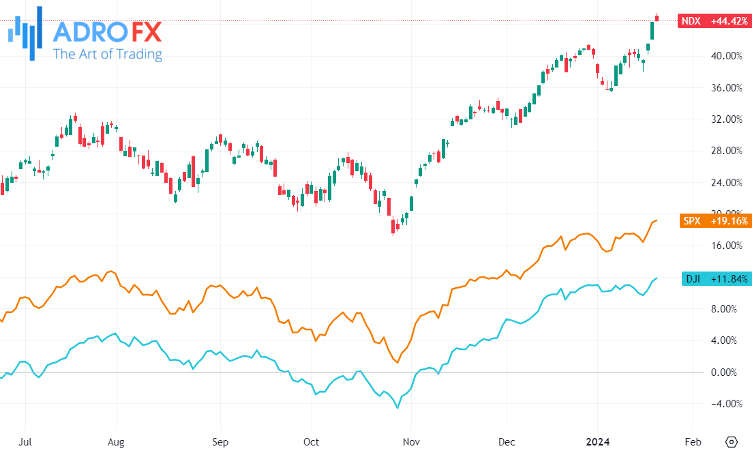
Major tech stocks, influential in propelling the stock market rally, generally trended higher as investors eagerly anticipated earnings reports from key players such as Netflix (NASDAQ: NFLX) on Tuesday, followed by Tesla (NASDAQ: TSLA) on Wednesday. Additionally, 3M (NYSE: MMM) and Intel (NASDAQ: INTC) are scheduled to report, contributing to the overall market sentiment.
Boeing Co (NYSE: BA) concluded just below the flatline as the aerospace manufacturer faced another setback in its reputation. The US Federal Aviation Authority recommended inspections of door plugs on Boeing 737-900ER aircraft, impacting Boeing's stock performance. This recommendation followed the grounding of the Alaska Airlines MAX 9 jet due to a cabin panel blowout during an emergency landing.
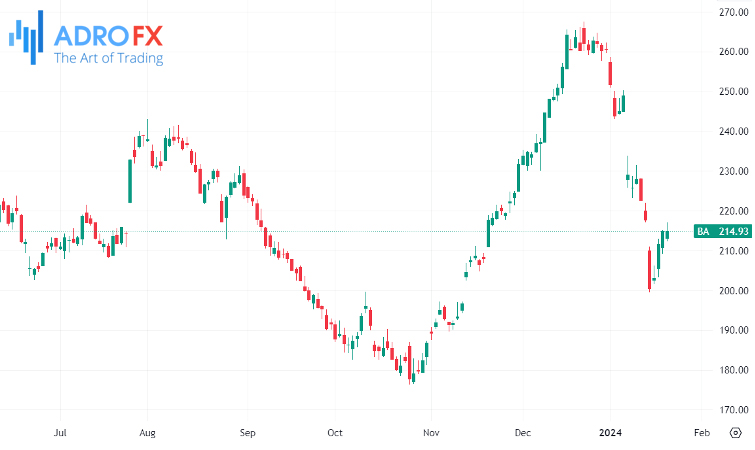
The Bank of Japan opted to maintain historically low interest rates on Tuesday and left its yield curve control policies unchanged. The short-term interest rates were left at negative 0.1%, and the BOJ affirmed its yield curve control mechanism, allowing 10-year yields to fluctuate within a range of negative 1% to 1%, with a target of 0%. The central bank made no alterations to its asset purchase programs. However, the BOJ slightly lowered its inflation outlook for fiscal 2024, indicating that it expects consumer price index inflation to remain above its 2% annual target through fiscal 2024, with easing anticipated by fiscal 2025.
Japanese stocks, notably the Nikkei 225 index, experienced a rally to 34-year highs, reminiscent of levels seen before the burst of a massive speculative bubble in the 1990s. The market responded positively to the prospect of continued ultra-loose policies from the BOJ.
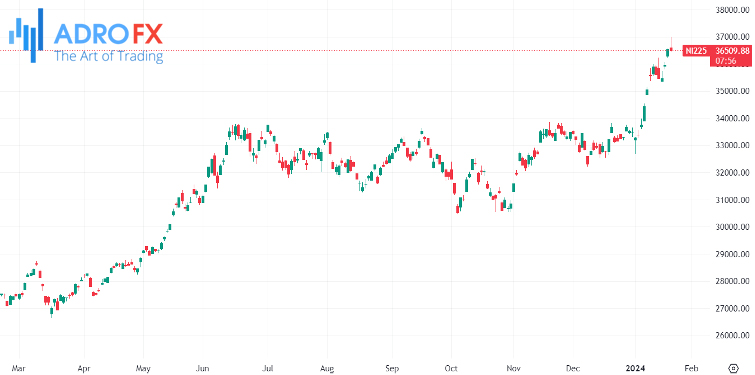
Conversely, the yen faced pressure due to the persistently dovish stance of the BOJ, exacerbated by a widening gap between local and US interest rates. The Japanese currency was among the weakest major global currencies in 2023, and this weakness extended into the new year.

In the precious metal market, gold prices attracted dip-buying during the Asian session on Tuesday. The recovery offset modest overnight losses, driven by geopolitical tensions in the Middle East and concerns about China's weak economic recovery. However, the upside for gold remained capped as investors tempered expectations for a more aggressive policy easing by the Federal Reserve. The risk-on environment further contributed to limiting substantial appreciation for gold ahead of key central bank events this week, especially the European Central Bank monetary policy meeting on Thursday.
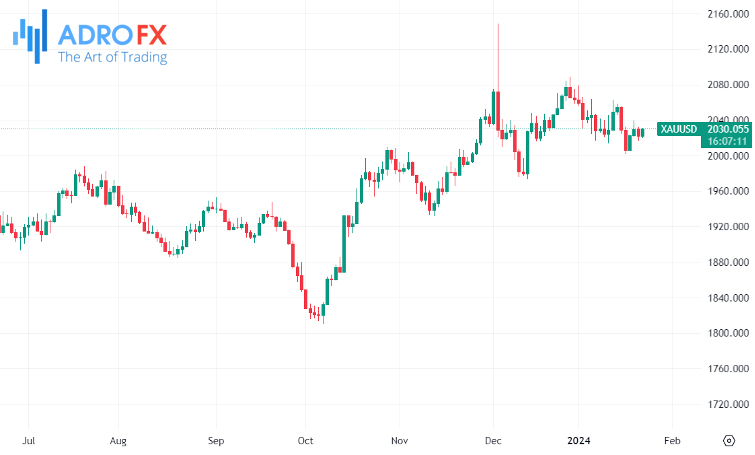
The Australian Dollar showed a slight uptick on Tuesday after experiencing losses in the previous session. Improved National Australia Bank's Business Confidence potentially supported the Aussie Dollar, along with the positive performance of Australia's share market. However, the US Dollar managed to strengthen despite lower US Treasury yields, exerting some pressure on the AUD/USD pair. The Australian currency faced headwinds from speculation regarding possible early interest rate cuts by the Reserve Bank of Australia. Concerns about the economic outlook were fueled by recent indicators such as subdued Aussie Consumer Confidence and Employment Change figures.
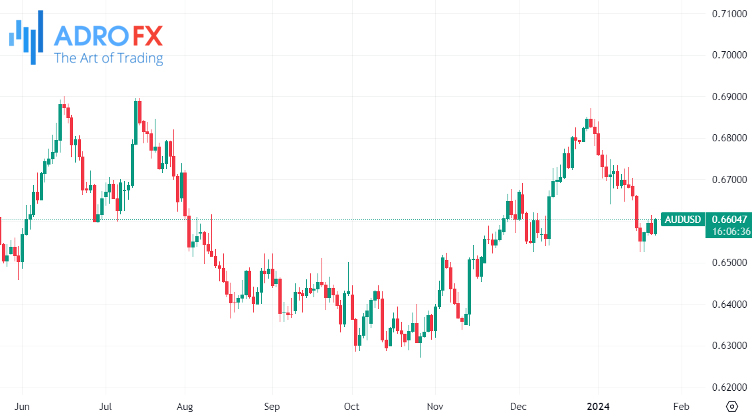
This week is poised to be eventful, with key corporate earnings reports and significant economic data that will likely influence the Federal Reserve's interest rate decision in the following week. Notable events include the release of fourth-quarter GDP data on Wednesday, expected to show a growth rate of 2.0% following a 4.9% increase in the previous quarter.
On Thursday, the focus will shift to key US inflation readings, providing valuable insights into the progress toward the Federal Reserve's 2% target. This comes at a time when expectations for a March rate cut have seen a shift to 50-50 odds, down from just under 80% a week ago. The change in sentiment follows improved data on retail sales and consumer sentiment, influencing market expectations for Federal Reserve actions in the near term.









